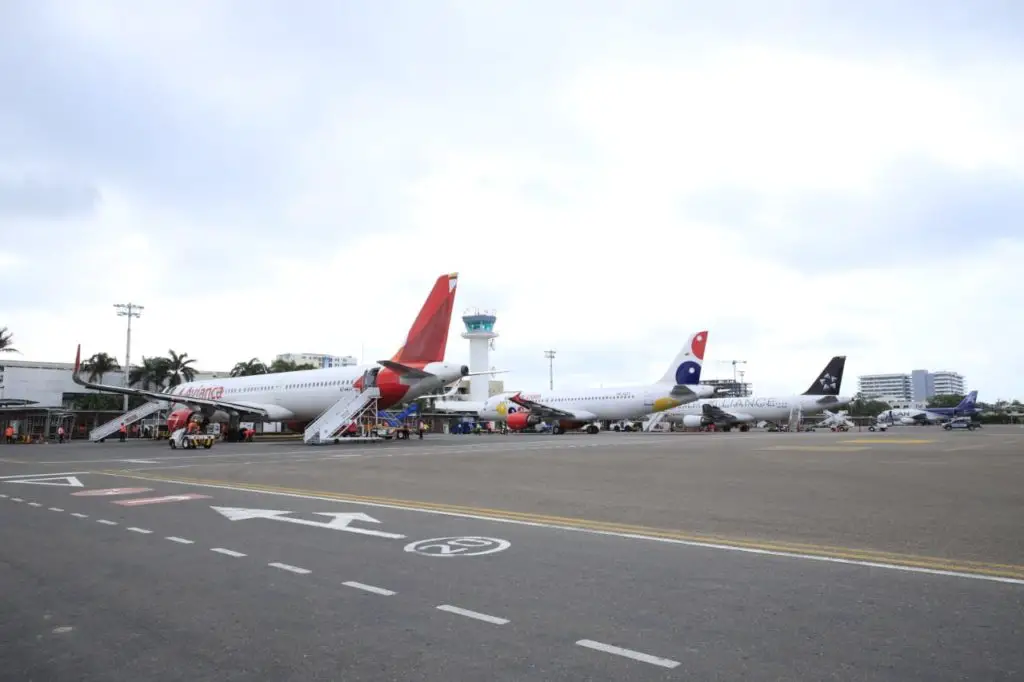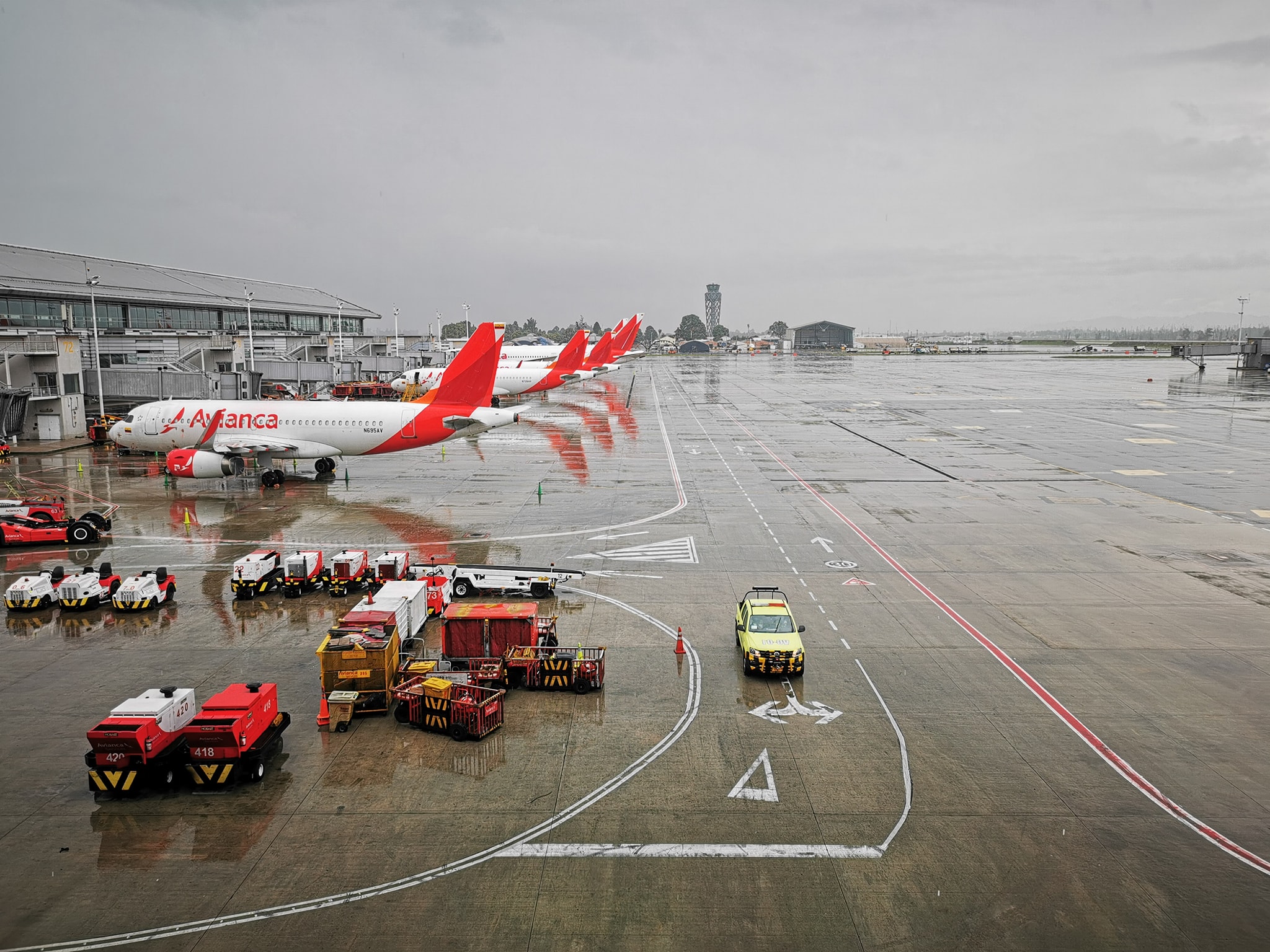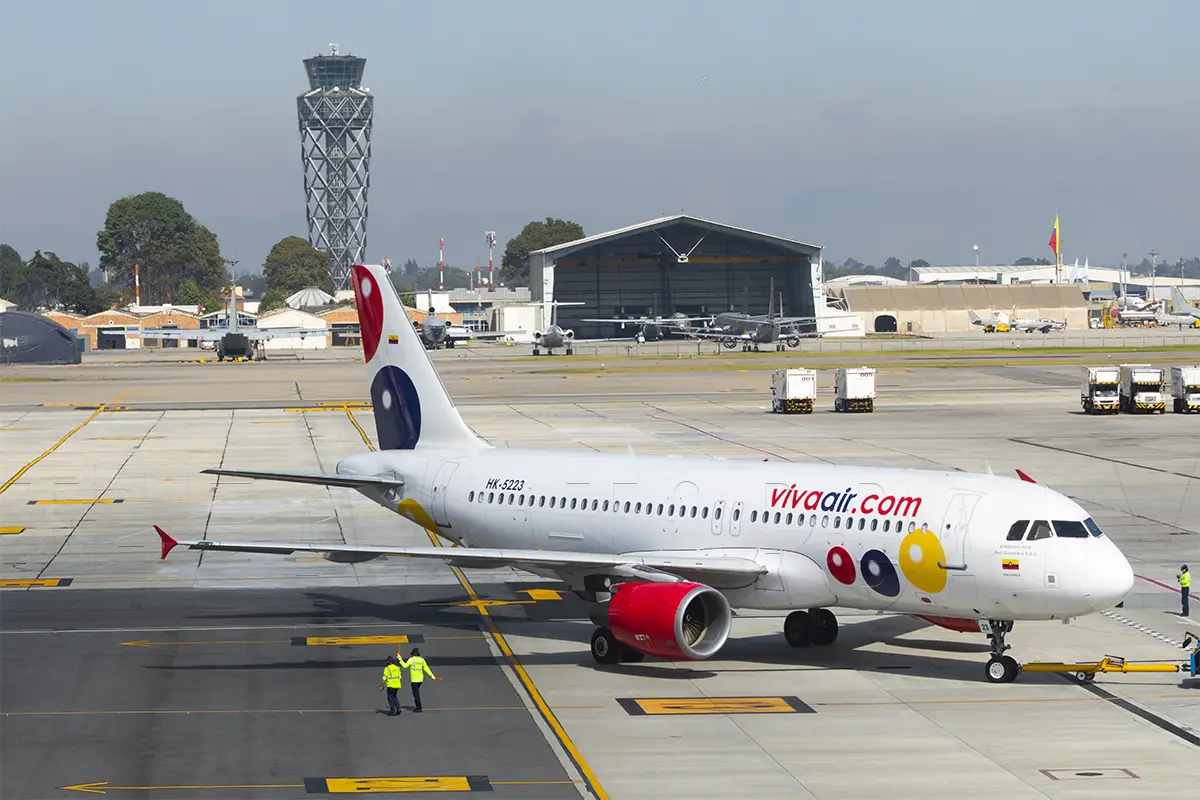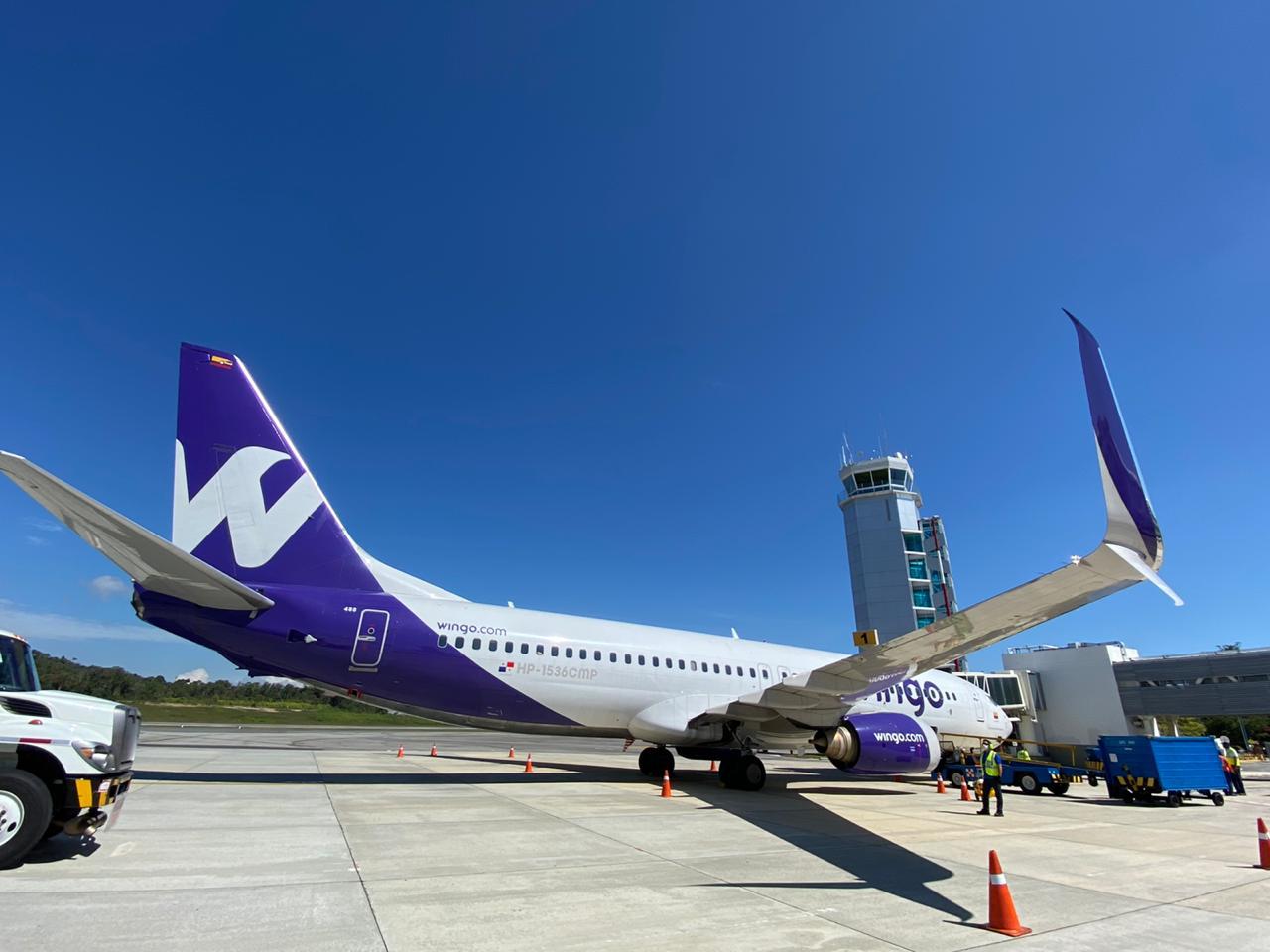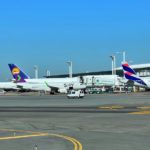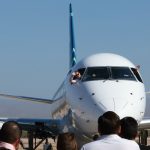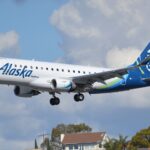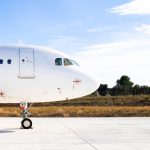The pandemic could cost the airline industry globally around 121 million jobs and losses of $ 3.4 trillion, according to the World Travel and Tourism Council.
A month has passed since the restart of scheduled flights in Colombia and national figures show how the recovery is progressing. The balance for the first month, according to Aerocivil (Civil Aviation Authority), was 312,814 passengers on domestic flights, while on international flights there were 13,257 passengers in 90 operations.
Avianca was the airline that transported the most passengers in this first month, with 43% of the total number of travelers in the market according to Aerocivil, which corresponds to 135,000 people. The company operated more than 1,100 flights on 12 routes, connecting Bogotá with San Andrés, Barranquilla, Cali, Cúcuta, Medellín, Cartagena, Bucaramanga, Pereira, Pasto and Santa Marta and from Medellín to Cali and Cartagena.
As of October 1, Avianca resumed flights from Bogotá to 11 destinations in the country
«This second phase of the resumption of domestic flights is marked by the reactivation of a large number of regional airports, of great relevance for Avianca and its customers, destinations that, for the most part, will be operated by Avianca Express,» said Julián Laverde, vice president of Avianca Network Operations.
LATAM operated 560 domestic flights carrying around 58,000 passengers in the first month of operations. According to the company, since the beginning of the month the frequencies have been progressively increased, up to a maximum of 12% of the capacity in comparison with pre-pandemic numbers.
LATAM had 8 domestic routes from Bogotá, bound for Barranquilla, Bucaramanga, Cali, Cartagena, Leticia, Medellín, Santa Marta and San Andrés.
In October, the airline plans to operate approximately 23% of its capacity in comparison to the same month of 2019, with 119 weekly frequencies, which represents a growth of 76% compared to September. The company’s plan is to connect nine destinations from Bogotá and the airline highlighted the resumption of international operations to Santiago de Chile.
EasyFly has transported more than 27,000 passengers, in October it will include the connections between Medellín and Corozal, Cali and Puerto Asís; Bogotá Puerto Asís and Bogotá Yopal.
It currently flies 25 routes in the national territory.
Satena (the airline owned by the Colombian state) transported around 12,600 passengers who moved on four routes during September. For the second phase of the reactivation, the airline will have 28 additional routes, thus leading to a total of 33 routes. Thus, Satena will provide the service as the sole operator at 15 airports during the second phase of reactivation of air traffic.
The Colombian airline GCA, also resumed operations in mid-September. In four flights it transported 812 passengers, between Cali and Barranquilla.
“We have designed an ambitious route plan according to the operational capabilities of the airline. In the next few days we will start with the operation of a third Cali-Barranquilla frequency, from October 15 Cali-Cartagena, from October 23 we will start Cali-San Andrés and with the authorization of the Cali-Santa Marta route, it could start in December ”, said Andrés Botero, GCA Airlines general manager.
Viva Air transported 24% of total passengers in the first month of reopening. The company currently has 18 active routes, and reported that during the first month had a load factor of over 80%.
«We recognize the importance of air transport as a way to generate connectivity, development and experiences for Colombians,» said Félix Antelo, president and CEO of Grupo Viva Air.
Wingo carried 3,729 passengers in September on 32 flights, reaching an 1% share of domestic traffic. The company began flights on September 3 with 5% of the capacity that it operated before the arrival of the pandemic, with a single route: Bogotá-Cartagena.
Wingo’s operation is close to reaching 33% with the addition of four new routes Bogotá – San Andrés, Cali – San Andrés, Cali – Cartagena and Bogotá – Cali, frequencies that will begin to be operated for the second reactivation phase.

